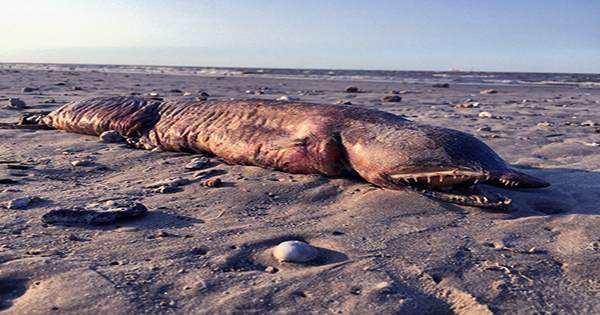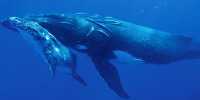The mythical sea monsters are no different from the real life of deep life – but becoming lily-living humans (including constricted lungs); very few of us see them in real life. Until their bodies washed ashore, we get a chance to identify a sea monster in the flesh. Dead animals are gas animals; even lots of animals can even get excited and wander in the currents of the ocean. When these currents get them to our doorsteps, teams work counterclockwise – much needed with decaying animals – to trigger an investigation to find out how and why the animal died and what is on Earth. This makes it easier for hungry fish and seabirds to act as a floating buffet when simulating the sound of carcasses near the sea.
So you can understand why the Marine Environmental Monitoring (MEM) team – an environmental conservation agency scheme partnering with the UK Citizen’s Strengthening Investigation Program – first thought they could have whales in their hands when they were eight-meters (23-feet)? Blobs grew on the coast of Wales. After being fairly slightly dissolved, “immobile” is actually the best word for an unfamiliar sea creature. The MEM team, in partnership with the London Natural History Museum, began photography of any features they could find, which could positively identify the debris of cartilage and tissues. Investigations have confirmed that the dead animal is actually a basking shark (Cetorhinus maximus); a filter-feeding shark is a huge species.
Calling IFLScience, Wales Mat Westfield’s Strands Coordinator said, “Anything that gets stuck and dies on the beach will be reported to us and then we will investigate what we will do and what we will do.”Unfortunately, we can only do this in really fresh animals in general … It wasn’t possible with it so we went ahead to make sure what the creature actually was.” When new dead animals found, Westfield and his team arrange for samples to transport to the London Zoo, where a necropsy can conducted to perform what killed. Although it is certainly too late to isolate the animal, the result could equip conservation organizations with the information they need to bring better protection for marine species.
As an endangered species, collecting information about basking sharks is a very important task, but it is very rare for stranding groups in the UK, even though they often have a live view over the ocean. “We have received reports from fishing boats that have thrown them into the water,” Westfield said. “They got their name from basking sharks because they basically sit just below the surface and feed the zooplankton … they only travel at speeds of about one to two miles per hour so they cruise slowly which looks like they are shaking in the sunlight.
“It simply came to our notice then. We received a report from Newport last year but we were not too quick to arrive so the tide removed it before it could get there. This person was in a state of being out of the sea for quite some time before washed ashore. This latest sample, weighing nearly four to five tons, poses a logical challenge as it chooses to land on another remote beach in Wales. It is almost impossible to remove the animal without vehicle access. Since we hope everyone has learned by now that whale carcasses are a recipe for disaster, Westfield says they will probably bury it on the site.













